Researchers at the Federal University of Pernambuco in Brazil have demonstrated that frequent, weak-tie relationships in coworking environments significantly boost creativity and innovation.
From World Scientific/University of Pernambuco 07/07/24

This paper’s objective is to show that the network of frequent relationships that is established between agents in coworking environments, through weak ties, increases the generation of ideas.
Thus, the present work argues that collaborative spaces can expand individuals’ creativity, as they constitute a social hub for exchanging experiences and visions between individuals from different social and professional backgrounds [Blagoev et al. (2019)].
Through frequent relationships and weak ties, these social connections allow individuals to access different levels of insights and inspirations that make it possible to increase their ability to generate ideas [Perry–Smith and Mannucci (2017); Sarooghi et al. (2015)].
We argue that open creativity is an essential means of raising the quantity and quality of the ideas generated and enhancing organizational innovation [Gerlach and Brem (2017)].
Based on the logic of network relationships [Björk and Magnusson (2009); Karlsson and Björk (2017)], our argument states that creativity is increased when individuals use the expertise of others, as a complement to their own skills, to enhance the generation of useful ideas [Caccamo (2020)].
This study discusses operational protocols that favor the occurrence of open creativity and presents empirical evidence to support this argument.
Our results show connections with external agents in the investigated coworking environments, namely individuals from different backgrounds who have weak ties and establish infrequent relationships with each other, enhancing creativity.
Accordingly, this research is essential to advancing our knowledge of means by which relationships established outside the organization can contribute to expanding creativity.
With this knowledge, managers can develop collaborative strategies with outside agents to increase organizational creativity and innovation [Zhou and Li (2012)].

Properly led, this study could provide a framework for researchers opening a new frontier in understanding innovation, presently only viewed from the perspective of creative collaboration.
This analysis remains essential for managers, as it leverages knowledge about open creativity and thus enables the generation of insights to support management decisions that enhance innovation and organizational competitiveness.
The corresponding author for this study is Henrique Muzzio (henrique.muzzio@ufpe.br), who holds a Ph.D. in Business Management from Getulio Vargas Foundation (GVF–Brazil).
He is currently a professor in creativity in business postgraduate program at Federal University of Pernambuco (UFPE), Brazil.
His research interests include creative city, open creativity and polices publics for creative economy.
Bárbara Sotero Caio Gonçalves holds a master’s degree in management from Federal University of Pernambuco, Brazil.
Her research interests include organizational creativity and open creativity.
Carlos Costa holds a Ph.D. from McGill University, Montreal, Canada, and an MBA in Business Management from the Getulio Vargas Foundation (GVF–Brazil).
He is currently a professor in Psychology Postgraduate Program at Atitus Education.
The paper Open Creativity: Increased Creativity Due to Network Relationships in Coworking Environments can be found in the International Journal of Innovation and Technology Management journal.
More info
You may also be curious about:
-
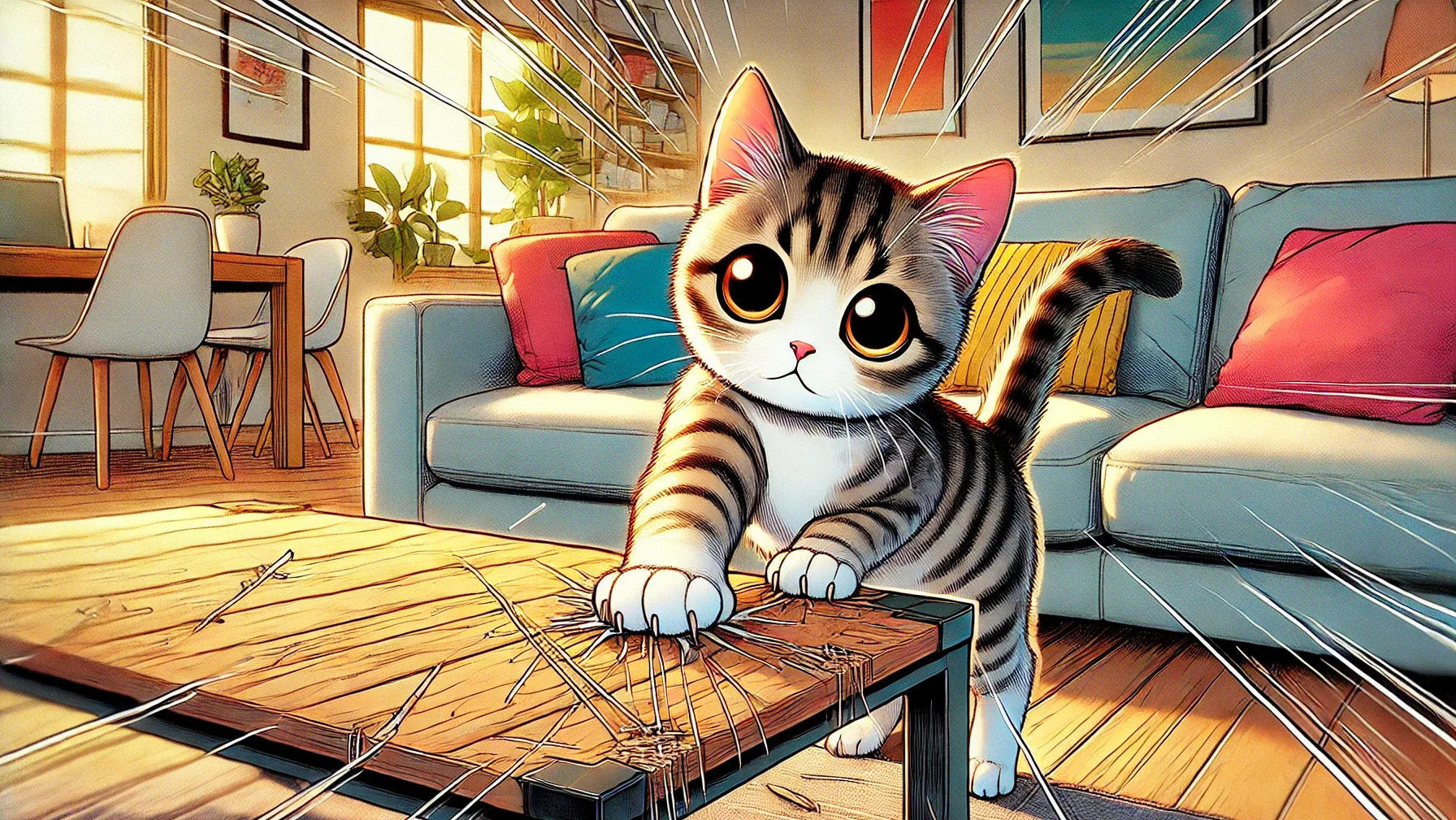
How to stop cats from scratching your furniture: Scientists investigate
-

New anti-aging secrets from the world’s longest-living vertebrate
-

World’s most accurate atomic clock pushes new frontiers in physics
-

Smart LED helmet wirelessly syncs with your motorbike
-
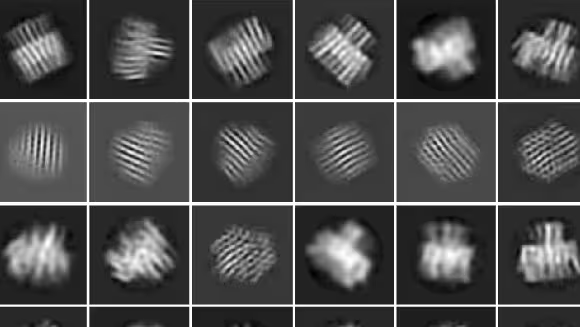
Cancer-killing nanobots use hidden weapon
-
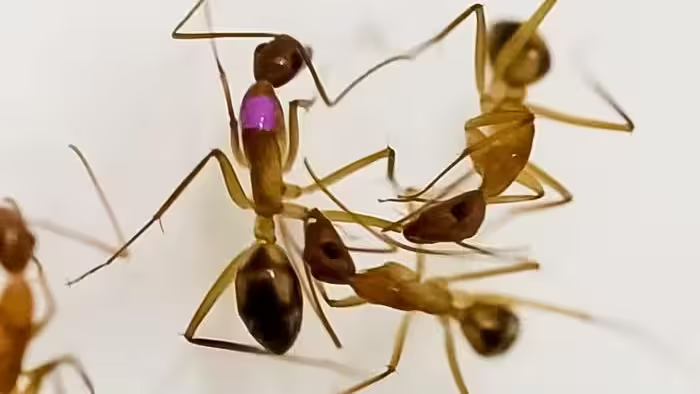
Ant amputation: Nestmates remove infected limbs of wounded sisters
-

SP80: Kite-powered boat resumes testing for world sailing speed record
-

New camera inspired by human eye movements
-
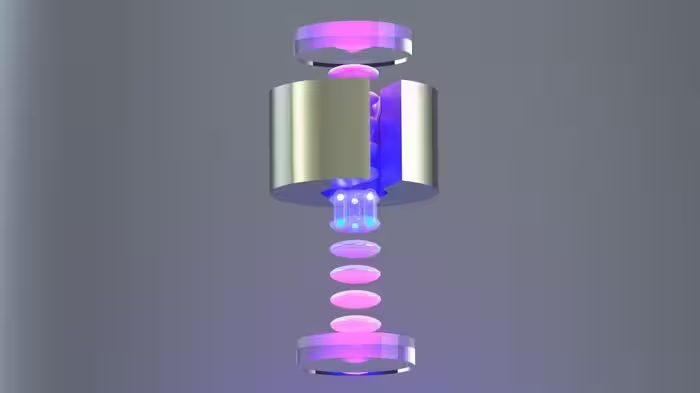
Precision instrument bolsters efforts to find elusive dark energy
-
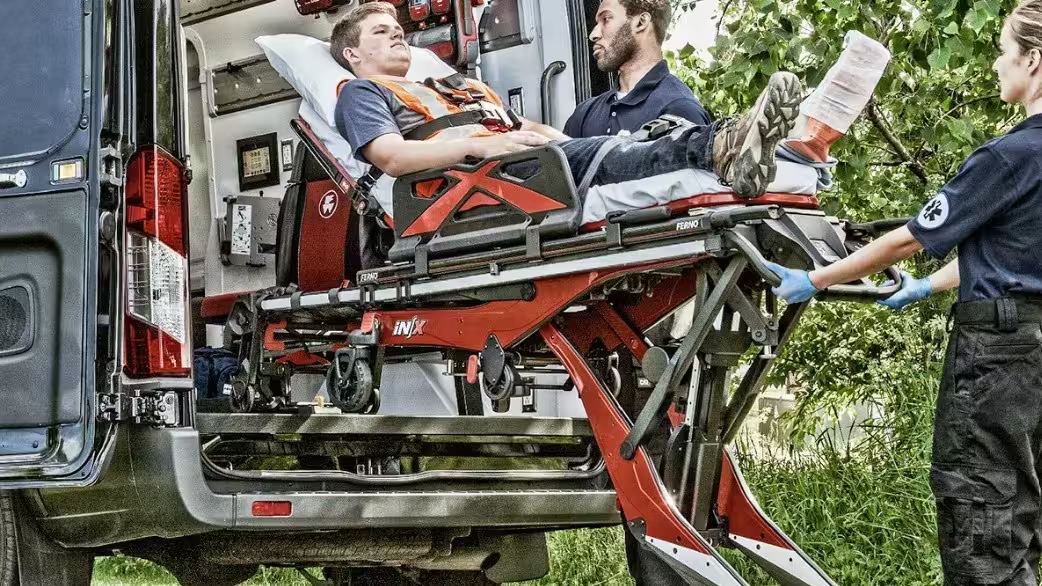
Battery-powered ergonomic stretcher
-
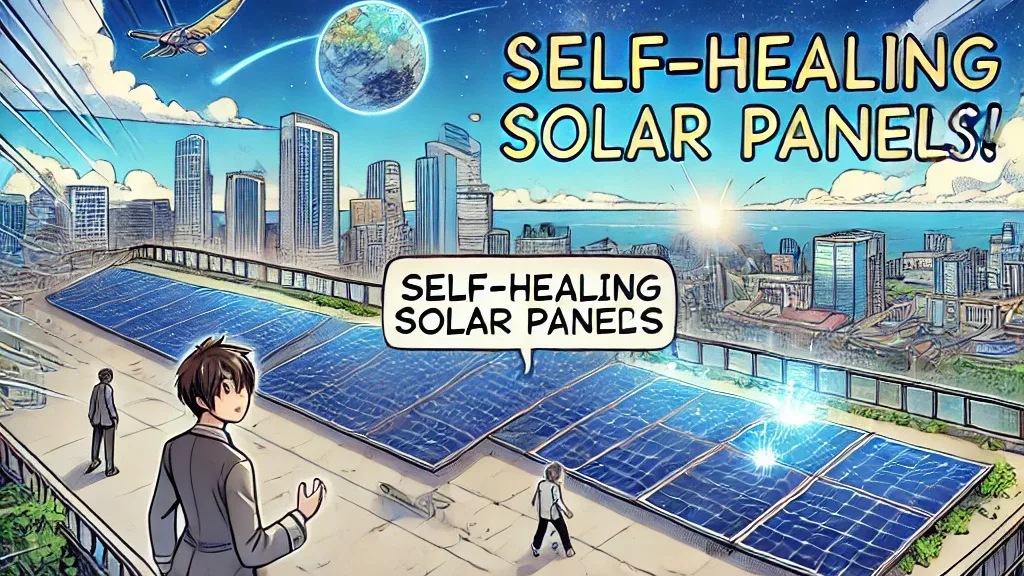
‘Self-healing’ solar cells could become reality
-
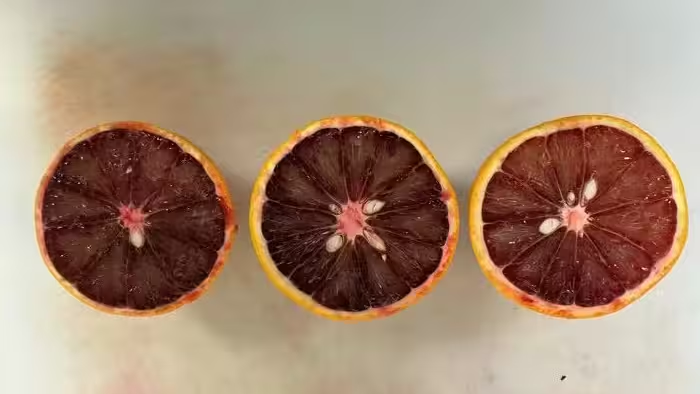
Cooling ‘blood oranges’ could make them even healthier – a bonus for consumers
